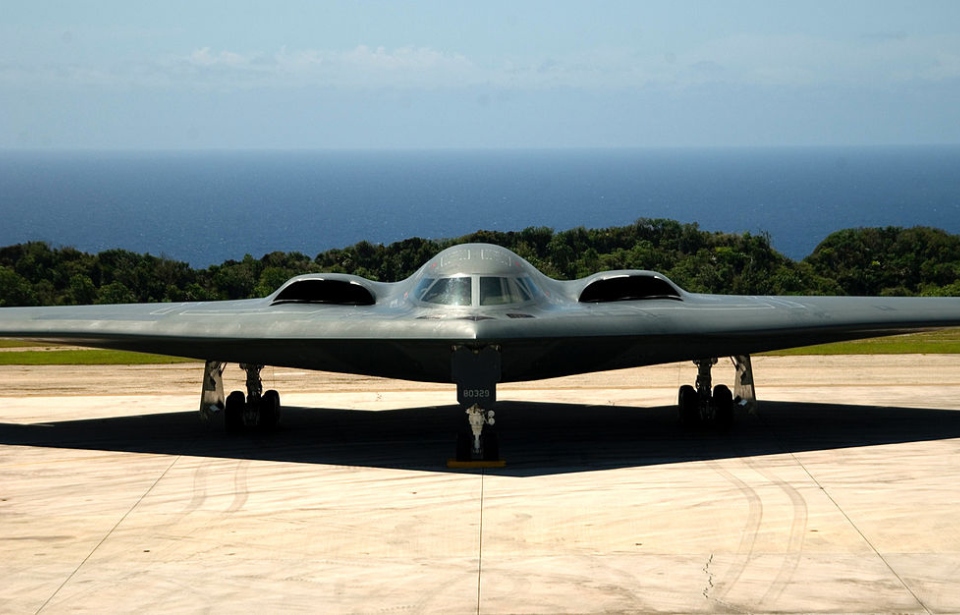The world may not be in the midst of a nuclear war, but that doesn’t mean nations have halted the development of such weapons. A prime example of this is the United States, which is currently looking to develop the B61-13 nuclear gravity bomb, which is 24 times more powerful than the one dropped on Hiroshima during the Second World War.
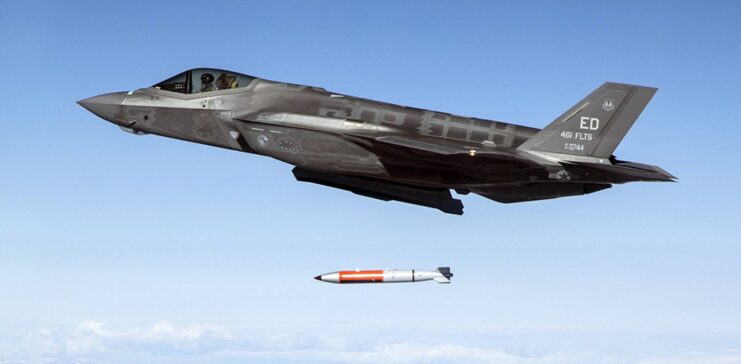
On October 30, 2023, the Pentagon announced it was seeking Congressional approval and funding to develop a modern version of the B61 thermonuclear gravity bomb, with Assistant Secretary of Defense for Space Policy John Plumb saying in a statement:
“Today’s announcement is reflective of a changing security environment and growing threats from potential adversaries. The United States has a responsibility to continue to assess and field the capabilities we need to credibly deter and, if necessary, respond to strategic attacks, and assure our allies.”
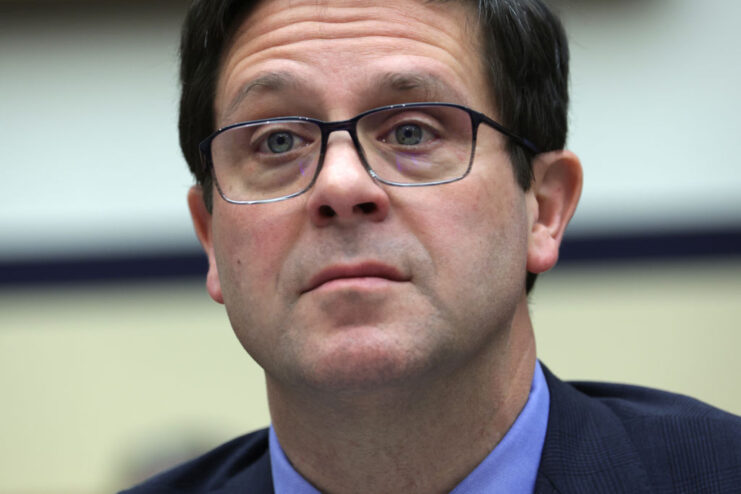
The B61 is the primary thermonuclear gravity bomb in America’s Enduring Stockpile, which dates back to the conclusion of the Cold War. It was developed and built by the Los Alamos National Laboratory, and has seen numerous variants over the decades.
With a two-stage radiation implosion and variable yield design, it’s been cleared to be equipped by a number of aircraft operated by the US Air Force, including the Northrop Grumman B-2 Spirit, the Lockheed Martin F-35 Lightning II and both the General Dynamics F-16 Fighting Falcon and F-111 Aardvark. It’s also been sent to America’s NATO allies through Europe via the Nuclear Weapons Sharing Program.
The latest variant, the B61-12, was developed in the 2010s, with the first one produced in November 2021.
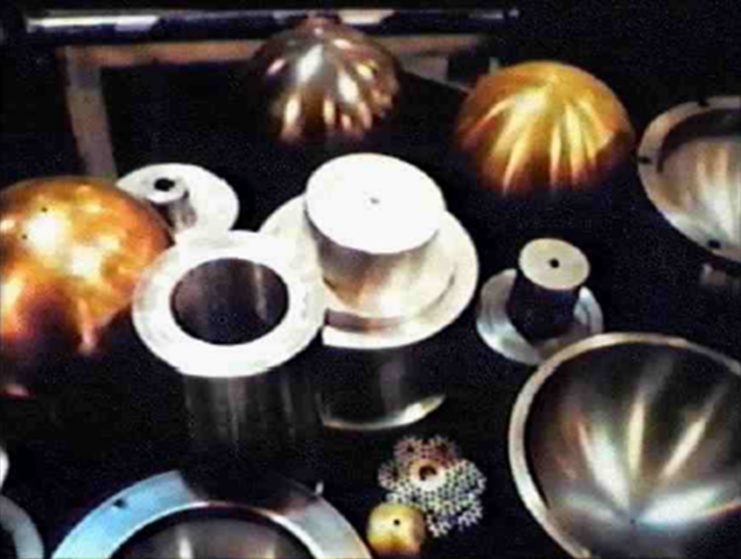
The request for the B61-13 nuclear gravity bomb comes after the 2022 Nuclear Posture Review (NPR) concluded that the nation’s competitors “continue to expand, diversity, and modernize their nuclear forces while increasing reliance on nuclear weapons.”
According to the press release from the US Department of Defense, it would be developed in close partnership with NASA, and it wouldn’t require the construction of new production processes, as it “would take advantage of the current, established production capabilities supporting the B61-12, and would include the modern safety, security, and accuracy features” of previous iterations.
The upgrade would continue to be deliverable by modern aircraft, like the B-2, and would serve as a replacement for the much older B61-7s, to which it has a similar yield, at 360 kilotons. It would also make use of existing warheads, housed in new casings.
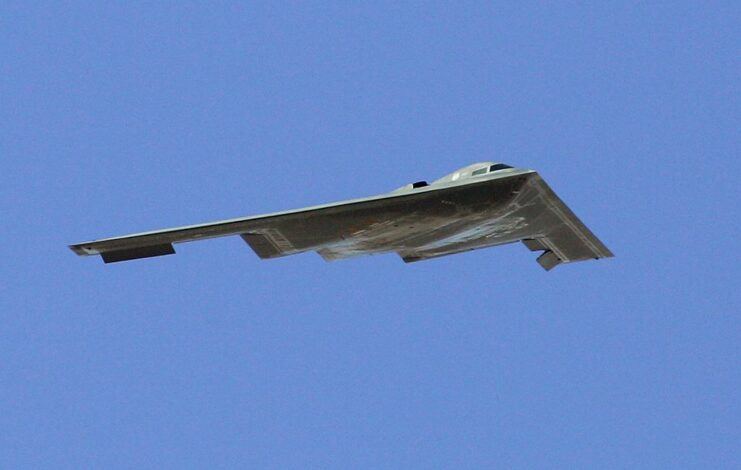
More from us: A24 Releases Trailer for Award-Winning Holocaust Film, ‘The Zone of Interest’
As aforementioned, the B61-13 nuclear gravity bomb would be stronger than those dropped on Japan during the Second World War – 24 times more powerful than Little Boy, which was dropped on Hiroshima, and 14 times stronger than that dropped on Nagasaki, Fat Man.
